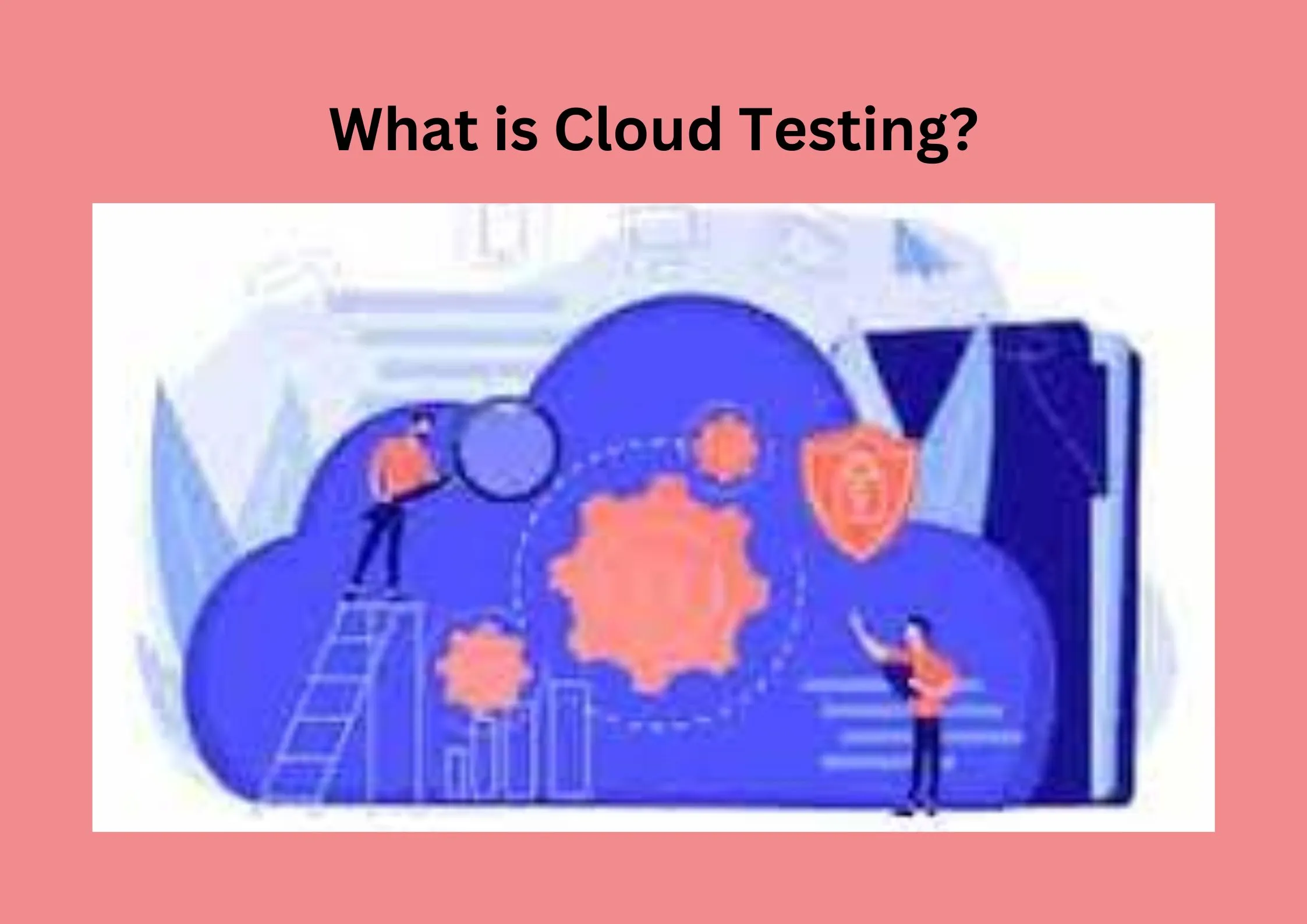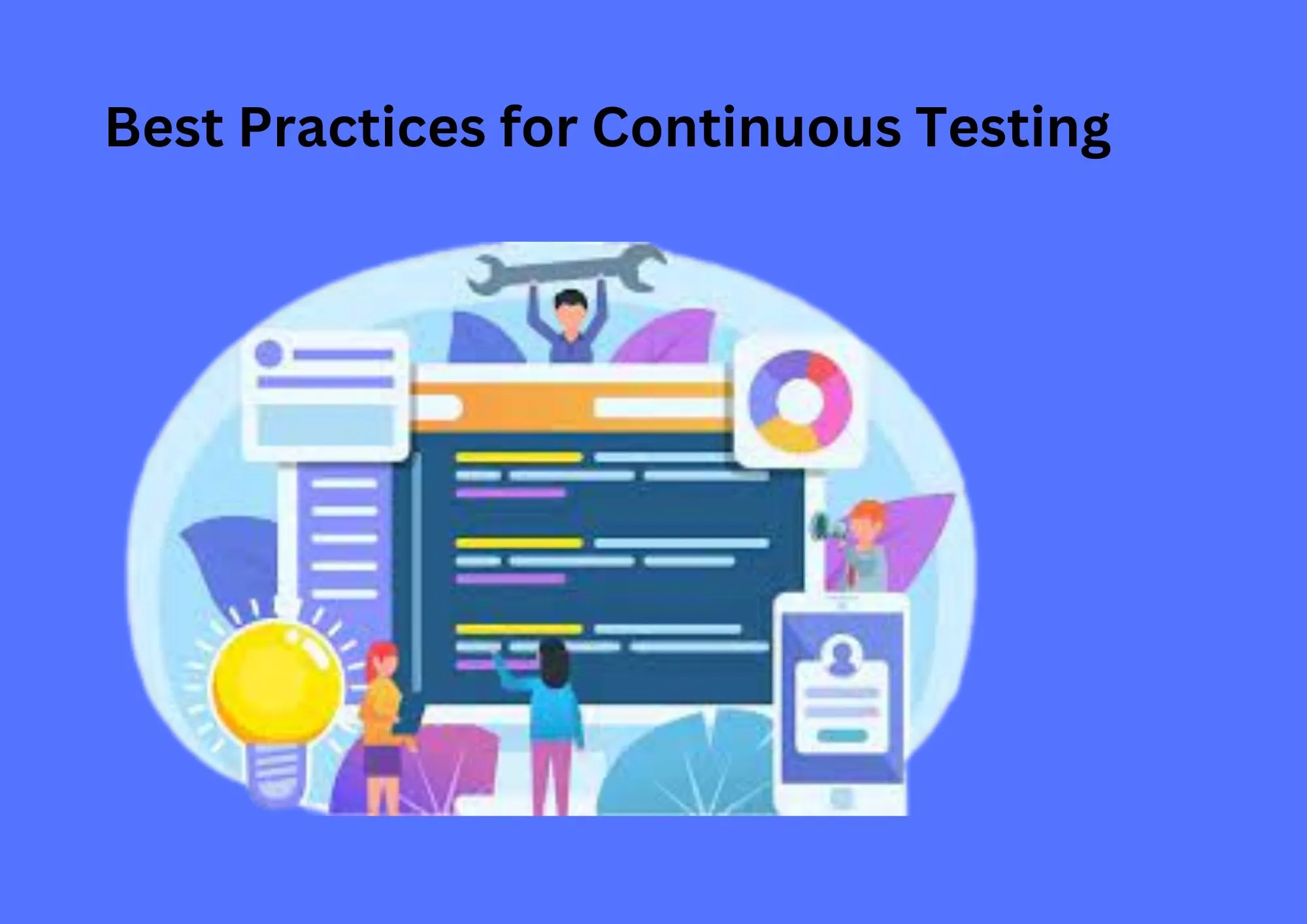The world of software composition is becoming more and more API-driven. If you read and listen to what we publish and discuss at Postman, you have undoubtedly heard this remark several times. We can’t stress this enough.
The fundamental components of the massive software systems being developed today are APIs. An increasing number of businesses are adopting an API-first strategy. Developing systems as APIs is no longer just a technological choice; it is also becoming a business one. In this case, ensuring availability, performance, security, and stability are crucial. Because of these changes, API testing is now the top priority when developing and releasing APIs.
At Postman, our beautiful community affords us a unique perspective on this changing terrain. We anticipate that the API design lifecycle will increasingly require an API testing strategy. For an API-first company like ours, creating a robust testing system for an API’s services or products is just as important as creating the interface for those APIs. Since January 2019, my colleague Joyce and I have been discussing this subject, and it is past due that we put it in writing.
A group of Strategies
There are already a number of papers on test automation of APIs in this publication. I have discussed how, in the context of a service-oriented architecture, integration testing of APIs transforms. We then went about how Postman puts you on the way to more effective automation. We have covered consumer-driven contracts and their potential to save you from the nightmare that is microservice dependencies. Additionally, we have written on how snapshot testing strengthens API dependability guarantees.
All of these solutions share a few common practices. Fundamentally, they are processes centered around a collection of tools that, when used correctly, address a number of issues that API creators and users frequently run against. Without rigor, none of these testing methods are particularly helpful.
APIs stand for the needs of the business domain. They adapt as needs change. An API’s lifespan progression must coexist peacefully with other systems on which it depends as well as with those on which it depends. As APIs expand and scale, they must remain adaptable without compromising system stability.
Need for a tight feedback loop
The distributed system’s design is taken care of while building APIs using the API-first paradigm. This is particularly essential when considering microservices. Resilient testing is necessary to support these design and development processes and enable you to respond quickly to changes in code or business needs for your APIs.
When an API fails, you need to know why it failed, and you need a tight feedback loop to notify you as soon as it happens. So, how can one create an API testing pipeline that meets each of these specifications?
There are three crucial steps in your API testing pipeline:
- Thorough testing for your APIs.
- The ability to schedule and perform your tests as needed.
- Report errors and backpasses to analytics and alerting systems.
Creating Good Tests
A system for testing is only as good as its tests. Well-written tests are the first step in anything. You must make assertions about the replies that the application sends when testing APIs.
You can check for the response’s data format, time, response headers, cookies, and status, as well as the existence (or lack) of particular parameters. These semantics could be different if your API doesn’t use HTTP. The major points you would test in a response would still apply, even though that is a more extensive explanation.
These all require well-written test cases. The business requirements ought to be mapped to these test cases. These could be end-to-end workflows, user journeys, or user stories. Test cases can be recorded as epics or stories in your product management system or Postman Collections, or they can be written as BDD specs.
As long as you are able to create these tests, ideally with others, and run them when necessary, you are free to use any tool you like.
Run your tests on-demand or on schedule
The secret of continuous testing is this. You must have a continuous integration (CI) pipeline in place before you can proceed to this stage. Assuming you have one, you should run some tests on your API during build time and others on a regular basis. The size of your systems and how frequently code updates are committed will determine the cadence.
Runs on demand: In your build system, you would execute end-to-end, integration, and contract tests. Common sources that start build pipelines are code updates, merges, and release flows. Depending on how your build pipelines are configured, you can only run a test step after the others have passed. The configuration of Postman’s continuous deployment pipelines is depicted in the figure below.
Scheduled runs: In order to make sure everything functions as it should, you need thereafter run certain tests against your staging and production deployments on a regular basis. This is the location for doing security, DNS, API health, and other infrastructure-related tests. For instance, you may verify that your cloud security permissions are in order or that an upstream dependent API responds with the appropriate data structure. Even something as basic as your API endpoints’ response time can be tested.
Combining the two: You receive comprehensive test coverage for your APIs when you run both scheduled and on-demand tests on them. Testing on demand keeps malfunctioning APIs from being released. Planned runs make sure they maintain their quality and performance even after they are integrated into a bigger system or used in production.
Data and notifications
You should use the data that the tests have produced now that you have some of it. Linking it to alerting and analytics systems is the third step in creating a robust API testing pipeline.
When a system fails, alerting systems will notify your stakeholders; in this case, the failures should be tests. This is where you can use services like BigPanda or Pagerduty. You can push notifications to Slack if you use it for business purposes.
Analytics systems provide you with a long-term perspective of the quality, agility, resilience, stability, and performance of the system. These data will also feed into any maturity models that you may be using for your services. These measurements provide valuable insights into what works and what doesn’t, which helps improve the roadmap for product management and design. Redirecting this data to product management completes the feedback loop I previously discussed.
If you read article : – Software Testing Leaders
If read more story: –Tableau tutorial



